
People commonly ask; Where did the drum rudiments start? Who created the snare drum rudiments? What is the History of the Snare Drum Rudiments?
They technically were created in Africa, then perfected by Europeans in the 15th, 16th, and 17th centuries. Then the drum rudiments were officially named by an American in 1812.
Where and When were the Snare Drum Rudiments Created?
As many of us are aware, percussion instruments were invented by prehistoric cultures. They were most likely the first instrument that ever existed. Because a person can easily take a stick and beat it on a stone; then, turn to a different object and beat it on that to get a different sound.
Others that I have met throughout my life even say that the first musical instrument is the human voice or even the woman’s heart. This subject gets pretty deep and I don’t want to go into this deep rut explaining how the woman’s heart is the first instrument in existence, but let’s just take one important point from that and realize for a moment, that when a baby is crying; the very first thing a mother does is hold that child to their chest and rock them. Meanwhile, the baby is listening to the symmetrical beating of her heart; which in turn soothes the baby from crying.
Therefore taking that small snippet of information, you would rapidly realize that something interesting is happening. It is very possible that humans have a natural connection to this beat that is symmetrical and cyclical. Musicologists know this, and thus why you may notice that a lot of music made today follow the symmetrical 4/4 rhythm and that “rock beat” which is used in Hip Hop, Dance, Rock and pretty much all forms of pop music makes people want to jump up and dance. (just let that soak in for a moment and start to make all kinds of connections in your mind about all the music you hear etc.)
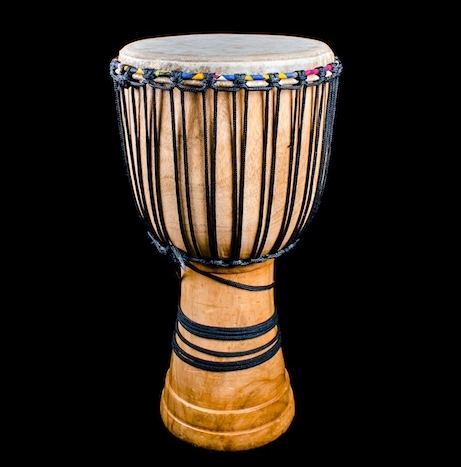
Okay, let’s get back to the History of Snare Drum Rudiments. In the beginning, when these early people were beating sticks on rocks, they advanced and progressed their technology and eventually came to a point where they now had hollowed out tree trunks with animal hides on one side, then later on two sides of this hollowed tree trunk, thus making a drum. All of this most likely occurred in Africa, only because it is a well-known fact that civilization began in Africa and later spread north into the middle east and in the European areas of the world.
In Africa at this time, cultures sprung up all around in Africa. (By the way, I spent many years in and out of Africa and I have taken numerous courses on African culture.) Africans use the drum traditionally for nearly everything. The drums were taken out during certain rituals or ceremonies.

- When someone falls in love; they pull out the djembe!
- When a baby is born; they pull out the djembe!
- When they get food to eat, they pull out the djembe!
- When they get food to eat, and “it’s a lot” they whip those Djembe’s and have a good old African ho-down
- When someone dies; they pull out the Djembe! – Yes, once again, remember that great symmetrical beat that the drum gives, offers a sense of soothing relief? That’s why, even when someone dies.
Now, the most important one and has the most to do with snare drum rudiments:
When the Africans go to war, they pull out those good old drums! At first, these drums were most likely only pulled out before the battles and after the battles, mainly for celebration. They would celebrate for multiple reasons during times of war. They celebrate the willingness to go to war, the celebration of the lives lost, and most definably for the celebration of winning a battle. (note: not all African cultures are the same, but the point of the “drum” is what I am trying to get across to you guys)
As time went on these African cultures began to realize that these drums gave sooth to the soul. Just like today, when you hear a powerful symmetrical 4/4 it makes you want to jump up and dance, kill, and run around mad! Musicologists that make soundtracks in movies clearly know about this. They are pushing out some exciting stuff because of this phenomenon, they are praying on this very instinct that all humans have. Which is, this love and hardwired sensation when they hear the beating of a woman’s heart.
Eventually, Africans determined this early on and began to use the drums right before battle. It would drive up all of the warriors and call them “to arms”. They would use this internally to get there own tribe members going, by getting the adrenalin running and they were loud so the whole village would hear this. Also, later on, multiple villages used to use this as a form of communication. If two tribes were friends they used to set a certain rhythm aside that would be used to express a call to arms for other villages to hear.
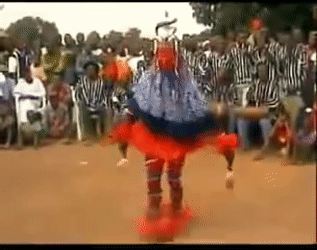
Additionally, these particular performances would have certain rules for the drum players. Such as, if the drummer stopped playing they would be immediately killed by the other village members. (I’ve witnessed one of these ceremonies personally, read about it here) But back in the day, they would actually kill the drummer in the tribe that I was visiting. These drummers would have to play for many hours at a time. Some ceremonies or call to arms may last about 7 days.
Africans had a method during a call to arms where the first village would play the call to arms and the neighboring village would then play the same code to arms, then another village would hear it; this would go on and on until the entire region would know to travel to the originating village. Thus why these drummers would not be allowed to stop under any circumstances. If a drummer were to stop; there may a group of warriors coming to join. And they may be just in the distance following these sounds. They may lose their way temporarily until the drumming begins again.
This now created the very root of where drum rudiments come from.
At this point, the picture is most likely become clearer to you, as to where these so-called snare drum rudiments came from and how they originated.
Now as time moved forward, these practices of using the drums as a call to arms began to spread north with the expansion of the Africans themselves, along with bronze trading, and later gold-trading. These basic techniques began to show up in areas of the Middle East and Europe.
Military techniques, in my opinion, are easily spread in the sheer nature of what the military is as a whole. Militaries and warriors invade other places. So if an army is coming in and they are beating a very load drum with them, it is very easy for that concept on how they are using the drum to rub off onto the enemy side. Eventually, both enemy sides combine after one side loses the war. They then, naturally merge with the victor. They learn each other’s culture and knowledge as armies invade others. You can quickly gain an idea of how all this comes together.
Eventually, Drumming started engraving itself deeper into armies and in war. During this time armies relied on mainly two things to fight. There weapons (which tied into their technology) and their communication. In today’s army we have hand radios, cell phone signals, GPS, email, text messaging, and airplanes that can fly 5 times the speed of sound at the same time it can make you a cup of coffee and tell you what the weather is like Northern Ireland, at the same time. But back then, the only way they could communicate was by writing it, shouting and or speaking it, showing it (doing hand gestures or dancing the Tango), or beating into the only amplified device at the time; the good old drum!
Rudiments Began to Take Form

Here’s where rudiments began to takes its form as we know it today. Visualize a huge army standing in a field. Picture, about 1200 men all ready with their weapons in hand ready to rip the head off the guys on the other side. Then the leader of the group says; “alright guys, get in a line!” and also tell the archers to get ready to shoot. Have you ever tried to say that to even 100 people before with good results? A mass of 1200 men ready to kill, and ready to die for there cause, has to be the most unorganized group of testosterone and adrenaline the eyes may ever see! They needed a way to communicate, so then the rudiment was born (in its simple form). They needed something laud that can travel. That can even resonate through trees (In fact, autumn trees, with no leaves can actually amplify drums). They turned toward the drum. Now, the drum was actually there the whole time. They actually figured this out much earlier than when they even used lines in battle. I am just trying to draw a picture so you can visualize what it would be like without these drums. The drums allowed large groups to assemble. It allowed commands to be heard from the leader to the masses. In the early days of using drums as a way of expressing commands was done in two ways:
- Through an actual predetermined sequence of beats that directly meant to perform a very specific action, or; (note: this later leads into the snare drum rudiments)
- The drummer would be ordered to play with a certain type of “feeling” that caused the army to behave in a certain “action”. So if the drummer played super aggressive and fast. It meant to attack, or if they played slow it meant something else. (note: this later in history leads into drum cadences)
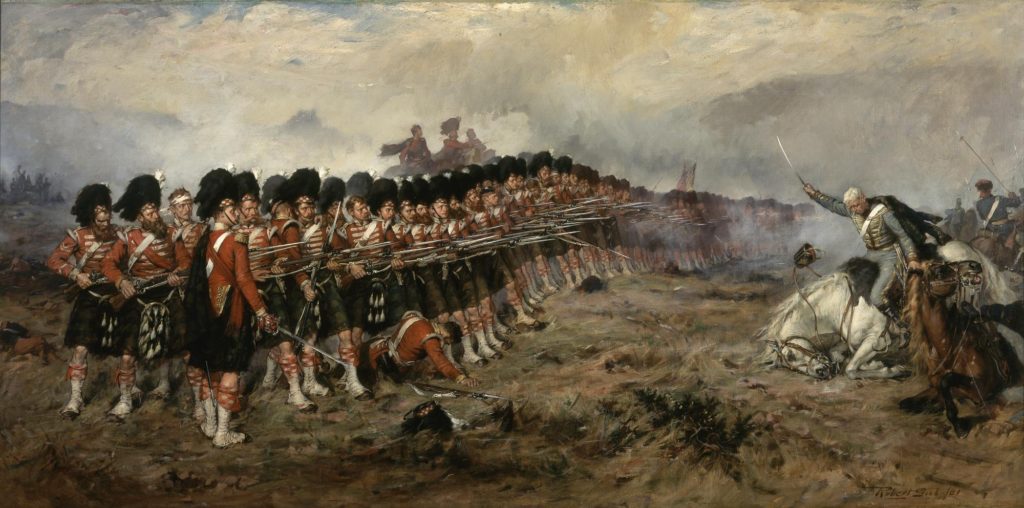
showing a line attacking
They began to use these sequences and started creating their own names for these rudiments. Some examples would be the “flam drum rudiment” was used to indicate a fire. The “drag drum rudiment” was used to indicate retreat. Keep in mind that these may not have been the original names. “Names” have other characteristics that we have to realize when we are talking about rudiments. The language at which one speaks would determine the name of something; while the concept may exist across multiple cultures the names are always different. It was much later in history that rudiments became more standardized by using a naming system. However, the drum rudiments themselves have existed way before their actual names. This is what most people fail to identify when they speak of the history of drum rudiments. Also, this is why the information on the History of the drum rudiments is so thin and scarce. It took a couple of years of research for me to finally write this article. Only because most of the references that I would follow of the writings of other authors would all use the same references as the other writer may have used to write their peace, ending up to lead you into nothing.
Quick Side Note:
I am going to go on a quick side note, and then we will get back to rudiments. During my research, I rapidly discovered that nearly all of the websites that spoke of the history of drum rudiments were extremely vague and they all said the exact same thing or nearly the same thing which immediately became apparent to me that these sites just did a quick “copy/paste” of the Wikipedia article about drum rudiments and then just put it on their site as if it is their own and pretended that “they” wrote it. Some of them would at least edit it a little into their own words but they would all just write the same thing. I knew exactly where they got it from because I saw it during my own research too! The sad part is that it is not entirely correct what it says on Wikipedia; and now, people are spreading it everywhere and people are going to eventually believe it as being true.
I am going to paste it below as a screenshot because I don’t want anyone to accidentally believe that I wrote it.
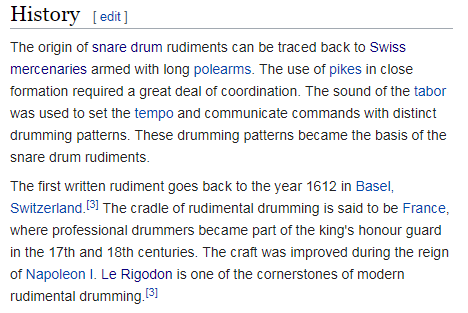
This statement, as of today July 5th, 2019 is the “entire” section of the “History” of the Drum Rudiments. The article is pretty big but does not speak of history for the rest of the article. Additionally, back in 2016, it said the same thing. So it has not been improved upon yet by anyone. I then reviewed reference 3 and I ended up on a landing page of a list that is written in a combination of German, Luxembourgish, and Dutch. This means that all of this information about Swiss Mercenaries and polearms, and Basel, Switzerland, and France are not backed by any references and I searched everywhere high and low about it! What I can find is information that they “used” rudiments. But they were certainly not the creators. To put this into reference; I searched the internet the best that I could. I purchased 14 eBooks, I went to the famous music library at the New York Public Library, and then also traveled to Africa and Europe and studied this matter while in the “native lands” of where the Drum Rudiments actually “did” originate. All of my knowledge points to Sweden and France as being adopters and users of the “snare drum rudiments” but not the creator or inventor. I am sorry if I hurt any of you guys that are reading this, but I am open-minded. (I love the subject) Please send me a “source” if you find one, and not a regurgitated version of “he said, she said”.
Back to Rudiment’s
As time went on armies would begin to use more and more rudiments as a tool to communicate commands, so it could be heard well by the warriors that were in the field ready to pounce on the enemy. They developed rudiments that represented to stand at attention, to attack, retreat, to prepare a group or a division to get ready, to call certain groups to the front of the line, etc.
How the commands were delegated
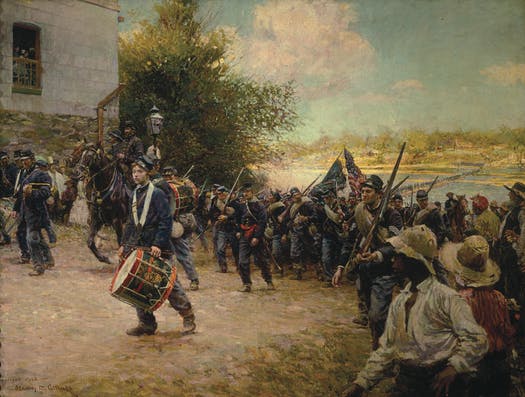
A position called the guide arm would be the middle man between the drummers and the person giving orders. The big boss would turn toward the guide arm and say tell them, as for example, to line up. Then the guide arm would say to the first set of drummers that were nearest to him, he would say; Line Up! Then the first set of drummers would perform the drum rudiment that meant to line up. They would just play the rudiment over and over. They would not stop unless if the guide arm told them to stop. Typically, these groups of warriors would be pretty large. If it was a large group they would typically be other drummers in the distance and they would hear the sequence played over and over. Then, those drummers would just jump onto the rudiment sequence at the end of it. They would typically “catch the beat” (as we call it today) This would continue to spread around the entire area until all the drummers along with all of the warriors were lined up. Contrary to what some people believe, all the drummers did not start and end at the same time when dealing with large groups like that during those times. The drums themselves were used as “the” communication. Only a few drummers may even hear the original command that was spoken or even shouted by the guide arm. The first couple of drums would be mainly the ones that would hear the guide arm. Now, this would actually work even if all of the warriors and drummers were spread around a small town or even in a big open field as we typically see in movies from Hollywood. Historically speaking, most of the time they were spread around a small town rather than a place like an open field impacted in the movies.
It is important to note that the rudiments were not used only to tell them to line up. Those chain of events occurred with all commands. Once they were lined up the big boss would say any command then the guide arm will say that command to the drummers closest to him; then, the other drummers will hear the first couple of drummers, then it spreads to all the drummer and warriors or soldiers and so forth. Also, it was very typical for the commands to be predictable. They were typically performed over and over while using the same string of commands. An example maybe when we hear in movies, “Get ready, aim, fire!” Those are three commands. Each one of those commands would have a snare drum rudiment assigned to them. They were predictable because as we all know from movies as an example that we don’t typically say; “get ready, attention, fire!” In this case, there may be a long rudiment that represents to get ready for firing. Then when everyone is ready to fire they may use the drag to symbolically represent each step. If you are already a rudimental drummer then you should be familiar with the “Drag Drum Rudiment” it is two little hits followed with a full-bodied single hit. The prefix in the little two short hits gets the soldiers ready for the “one” big hit that follows. This may represent “FIRE”. So during those days, it might be common for the archers to hear a long rudiment that represents that they are about to fire; then they hear the first drag; that means to get ready. Then the second drag; that means to aim. Then the third drag; means to fire. Followed with another full rudiment meant for the archers to fall back and the next set of archers come forward and the sequence repeats. Naturally, all of this would be communicated to the men in the army. They would typically be drilled over and overusing these commands and what the particular drum rudiment was and meant.
This is what most people claim when they say the “Professional” soldiers.
I am not in any way a person with great knowledge of soldiers themselves and the history of war, nor do I even claim that I am. I just know a lot about drum rudiments and it ties and roots with the military when it comes to this subject. I am sure that there are many characteristics that make up a professional soldier vs. a non-professional soldier. However, I do know from my research that “One” of the characteristics that made a soldier a professional vs. not being a professional was their knowledge of understanding what the drum rudiments meant when he heard them. During this time in history, every country and every group of people that processed soldiers “and” used the drum rudiments for communication had their own version of defined the rudiment. One country may use a Flam to represent one command; while another country may use the flam to represent something different. It was only around the 1600s and later where European countries would begin to start consolidating them. It was not “one” particular group as what many people are claiming. This occurred slowly and developed over a period of a couple of hundred years.
Also, during this time in history, some European countries would have both professional soldiers and other men that were common folk, that would spring up during a time of war. The professional soldiers may have spent years learning how to be a great soldier, learning everything from fighting skills, survival skills, and one such skill of knowledge was being able to understand the commands by the drummers. Also, leaders would typically hire or force drummers to play and use their skill set to perform the rudiments well and clear. Both the drummers and the soldiers would dedicate their lives to their craft and be typically revered for their knowledge and skill.
The invention of the Snare Drum
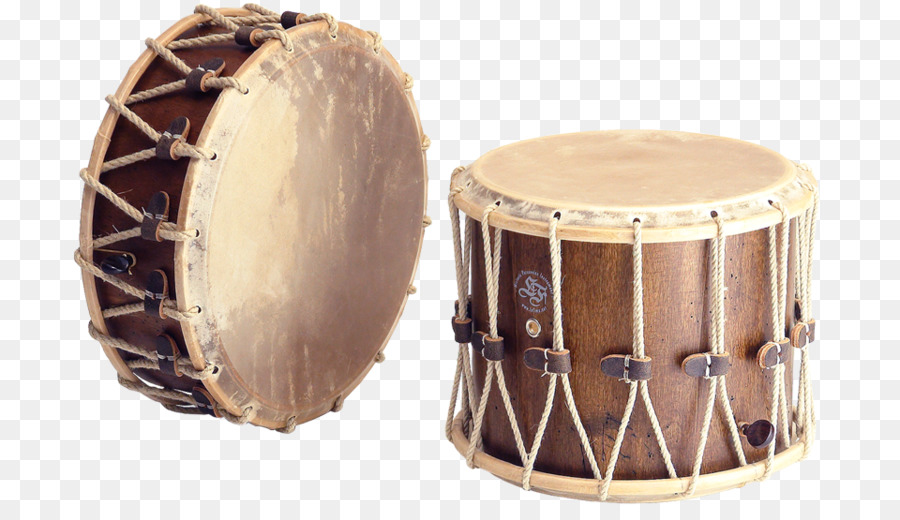
Up until this point in time, the drum that these European armies were using was called the tabor. It was not called a snare drum until the introduction of snares which did not occur until the 1300’s where the Swiss and the Scots began adding animal guts that were dried and strung tight to the bottom of there drums. Originally, European drummers were playing on the tabor, which resembled more of a tom tom rather than a snare drum.
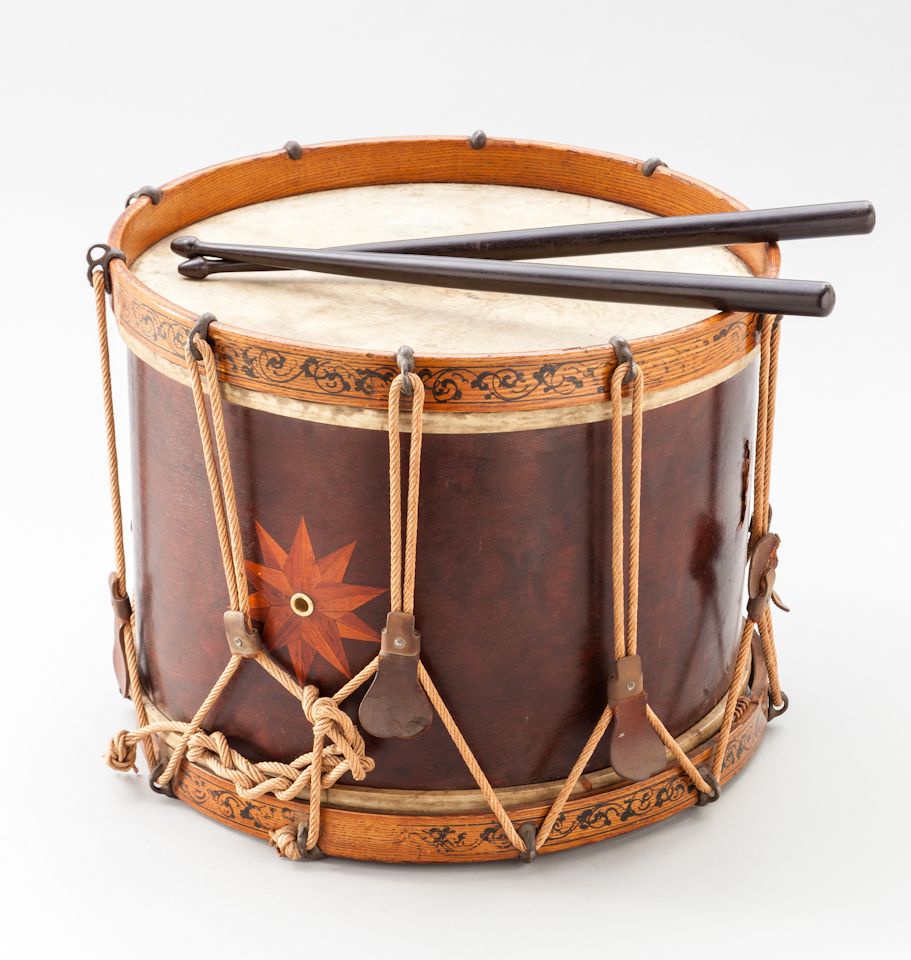
The snares were added on to the drum to offer a sound that is more snappy and ugly. As we all know, a single hit of a snare drum is not exactly a beautiful sound, like a violin, piano or human voice. It is a sharp, snappy, load sound. At this time the Snare was used more as an instrument or tool of communication; rather than an instrument of music. Additionally, the snare drum was not even added into music until the late baroque, early classical periods, when Bach began writing pieces with involved the snare – adding them only to actually give a military sound in itself because he wanted to add a military theme. It was not mainly added as a beat keeper.
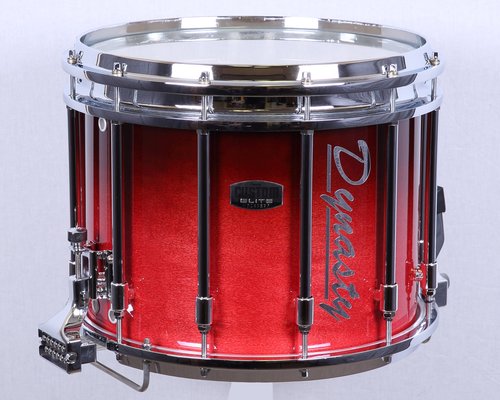
The tabor creates a boom that can have a long decay and can also bounce off of things like walls and trees. In the distance, if a snare drummer was playing a rudiment for, let’s say a “call to arms”. It can sometimes sound like a complete mess before it finally strikes the ears of the soldiers. By adding the snares to the drum it helped create “one” single sharp snappy sound, rather than a large boom that can smear and smoosh as it travels. This occurs because the snares press on the bottom skin (head) of the drum causing it to muffle the bottom head and replacing it with a membrane that the snares make “a noise” on by hitting it.
Notable Events of the Drum Rudiment
There are some important groups or notable people that have actually been marked as great contributors to the snare drum rudiments. Also, there are important events in history that marked, them in history as being used. Here are a few statements:
- Drums were used in the 700 A.D. Moorish invasion of Africa and were used during this invasion helping the spread of it around northern Africa and the Middle East.
- Around the 1100s (12th Century), The buzz roll arrives in Europe
- From the 1100s to the 1600’s the rudimental drumming techniques develop a great deal and spread throughout Europe.
- Both the Scots and Swiss developed the snare drum (snares added to the bottom of drum) around 1300.
- Around 1450, Turkish military bands featured triangles, cymbals and several sizes of drums. The instruments used in these “Janizary Bands” communicated signals to large numbers of fighting troops.
- Swiss Mercenaries “did” use the drum rudiments in battle and also keeping their soldiers in cadence. (but that statement on Wikipedia about polearms, is an insane exaggeration that is just plain wrong! Some of the names of the rudiments are in their native language.
- They did use rudiments in France during the 17th and 18th centuries; along with almost everywhere else in Europe and the Middle-East at the time. Some of the names came from the French. They standardized a few of the names. I will write an article sometime in the near future talking about some of these names and how they obtained the names.
- In the 1600s (17th Century) Rudimental drumming becomes an important part in drumming and in warfare.
- Charles Stewart Ashton wrote a small book called “A new, Useful, and Complete System of Drum Beating.” He wrote this book in 1812. He was a Drum Major with the United States Marine Corps and he was tired of young men coming into the corp and not knowing the rudiments. He was the first to create such a list in writing. He also named a bunch of the rudiments himself while writing the book. It is important to note that a lot of these rudiments were very old, he just put them in writing to be sold and marketed. Also, from this book he declared that in order for you to join you needed to know these rudiments and be able to perform them well. It created a standard.
- NARD – The National Association of Rudimental Drumming – They also compiled a list that they believed was a minimum standard
- PAS – Percussive Arts Society created a list of what they considered to be a minimum standard.
Drum Cadences
At the same time in History, or sometimes, not so much later; after they began using the rudiments as a way to communicate commands they began to use cadences as a way of keeping the warriors in sync. Without getting too deep about cadences, because that deserves its own article that would explore the intricate details that led to the creation of those too. They were first just a series of commands that were rudiments and then they were played quicker and quicker and eventually morphed into what we consider a cadence.
Early versions of cadences would be as, an example; a rudiment would be played that would mean to call for the guide arm to post, followed with a flam for attention, then the next rudiment that meant to mark time, then march. The tempo represented in the speed of playing the drum would dictate the speed of the march. So they all originated as just a sequence of rudiments, then around the 1400’s or so they began to make them completely different in being possibly an entire sequence of notes that would represent that cadence in itself and not seen as just a compile of rudiments (commands), which would then be used as a way of communicating how to march at the given moment.
Now if you open up Wikipedia at this present time. You will see that it talks about the Swiss and the French help grow the Drum Rudiment. This; my friends, is not entirely true. I plan on changing this after I write this article, also you should note that this is what caused me to write this article in the first place. The Swiss did not invent the rudiment, additionally; they are not even the people that named it the “Rudiment”
The decline of the Snare Drum Rudiments used in war
During the late 19th century the use of snare drums as a form of communication began to fade away and was gradually replaced by the bugle. At which during this transition time, both the bugle and the snare were used at the same time. Then during the 20th century during and after WWI and WWII, communication was completely replaced by radios and other technologies we see today. You will commonly see people perform on the snare drum for performance purposes but never for war in most of Europe, Asia, and the Americas. However, it is important to note that they still use the drums for very important rituals still in Africa.
Rudiment Families or School of Thought
As virtuoso snare drum playing gradually lost its appeal in Europe, it became very popular in North America. This began the school of American Rudimental Drumming, which is the most popular school of drumming worldwide.
Additionally, there are two other important schools that still exist which are Basler Drumming also known as “Das Basler Trommeln” and Scottish Pipe Band Drumming. In the United States in 1932, the National Association of Rudimental Drummers also known as the N.A.R.D., originally compiled a list of 26 drum figures which they considered where the backbone or a minimum standard of playing which are known worldwide as the 26 Standard American Drum Rudiments. Furthermore, later on, another school of thought was the Percussive Arts Society, the PAS; which added a few rudiments too.
Hybrid Drum Rudiments
Later on, a new school of thought presented itself in rudimental drumming. It was the creation of the hybrid drum rudiment. A hybrid drum rudiment is when you combine two rudiments into one rudiment. Or putting a prefix before a rudiment or adding a suffix at the end of the rudiment.
There are certain characteristics that make it a rudiment as opposed to just any old beat or rhythm. Such examples are:
- it can not be too long as to where it extends beyond one measure (bar).
- it needs to be symmetrical meaning that if you can play it on the right; then you can also mirror play it on the left. As an example; the rock beat cannot be a rudiment because the right-hand plays something completely different than the left and you can’t just switch it.
There are a few other rules, but that will get a little deep to explain now. I will write another article in the future about this.
Examples of rudiments and where they came from
The single stroke roll is pretty much the most basic snare drum rudiment and is found in each traditional family. Then the ruffs that are derived from it come from the American rudimental drumming families. Although they are not included in the 26 Standard American Drum Rudiments in this form as a simple right, left, right, left. However, you will find them in different American books. For example, the four-stroke ruff in “Trumpet and Drum” by John Philip Sousa from the year 1886 has it. Additionally, it is found In the Scottish Pipe Band Drumming family; they show the four stoke. Also, they have the five, seven and nine stroke ruffs.
The double stroke roll can be found in all families and traditions as well. The short rolls that are derived from it such as the five stroke roll, seven stroke roll, etc. are also in each school of thought, family, and tradition.
Then you have the three stroke roll that is found only in Scottish Pipe Band Drumming and Basler Drumming. In Scotland and Switzerland, these rolls are also combined or joined together; which offers many possibilities for placing accents in a double stroke roll.
Then we have the famous paradiddle, which is a combination of single and double strokes, belongs to each school. The double and triple paradiddle’s, derived variations of the single, can be found only in American rudimental drumming. While the double paradiddle belongs to the 26 standard rudiments, the triple paradiddle and the paradiddle-diddle are not included. The paradiddle-diddle is also found in Basler Drumming yet in a slightly varied form.
The flam, a primary note that is preceded by an appoggiatura or grace note, is found in all schools of thought, family, and tradition. The flam tap is found in each tradition as well. Typically, In the American variation, the tap is played by the hand that plays the primary note. In Scotland and Switzerland, the” appoggiatura hand” plays the tap. Which tends to offer a more appealing visual effect while playing.
The flamacue is found only in America and is part of the “26 Standard American Drum Rudiments”. The flam accent can be found in all traditions, the flam paradiddle only in America and Scotland.
The single flammed mill, the Swiss triplet, and the pataflafla come from Basler Drumming. With the exception of the pataflafla, these figures are also found in “Scottish Pipe Band Drumming”. The drag, a primary note preceded by a double appoggiatura, belongs to all schools.
The figures lesson 25, ratamacue, double ratamacue, and triple ratamacue are made up of a drag and ruffs and all belong to the 26 standard American drum rudiments. The ratamacue and double ratamacue are also found in Scottish Pipe Band Drumming, the double ratamacue also in Basler Drumming.
Contemporary Music and the Snare Drum Rudiments
Now, during the medieval era and the Renaissance era armies were using the snare drum as a way of communicating and conducting business on the battlefield. It was not until the Baroque period where drum rudiments were beginning to show its face in music.

Johann Sebastian Bach
(One of the first) to use snare drum rudiments in his music.
(Only to create a marching sound)
The rudiments that were developed on the battlefield were not typically used in music composition. One notable composer that did this was J.S. Bach in the later part of the baroque era. He would typically use the snare drum, known as a typically ugly sounding thing at the time into his works. He would use it to demonstrate a feeling of authority, power, and marchy sounds. You have to think like you are living in this period to grasp your mind around this. You see, the military used the snare drums in war. The violin would be used to play music. If you lived during that time, if you heard the banging of a snare in the distance, you knew that it was the army and not music. So Bach placed the snare drum along with the rudiments into his music, giving everyone that listened to it a bit of an amusing, marchy, militant, authoritative sound.
This continued straight into the Classical era and other composers did the same, such as a few of the famous composers: Mozart, Beethoven, Berlioz, Debussy, and Sousa (Obviously), and Stravinsky.
Later on, during the Romantic period, a lot of great works were created using a very formal style of playing. It was after the romantic period when the trap kit was invented that things got a little more interesting. In 1904 the first pedal was created and allowed a drummer to play more than one drum at a time. By the time that the 1930s came around people were playing on full drums sets. At the time, drummers were fading away from playing on one single drum and playing on multiple drums at the same time. In the Jazz world, many drummers did not even bother to learn how to read. Besides, there was not a lot of material to read at the time. It was not until the 1950s when sheet-music for the drum set started to take off. There was a ‘dark period’ for learning how to read drum music, and at the same time, it was a great period, with enormous leaps forward with drumming technology, examples such as the drum set and different types of pedals, did not exist only 20 or 30 years before. The few drummers that we’re able to read challenged themselves on learning how to play the drum rudiments had a serious advantage over other drummers. This still shows till the present day. During this time in drumming, history pushed out such legendary greats such as Vic Firth, Peter Erskine, Buddy Rich, and AI Payson. As we all know the rudiments help in many areas for a drummer, don’t fall behind!
I will be coming out with some more stuff that I have already written. So please subscribe to my newsletter in the contact section of this website.
Common percussion instruments are the snare drum, bass drum, crash cymbals, triangle, and timpani. Famous percussionists include Vic Firth, Peter Erskine, Buddy Rich, and AI Payson.

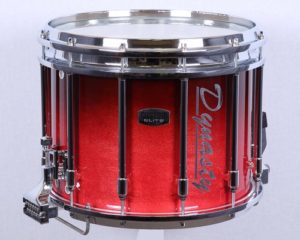

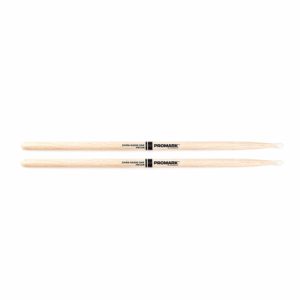
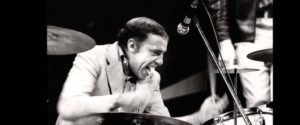
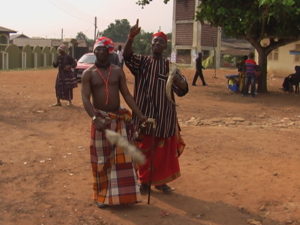
Pingback: The Double Stroke Roll - Learn to play it Crazy Fast - The Drum Rudiments.com
Pingback: The Double Paradiddle Drum Rudiment: The Double Paradiddle Around the Drum Set - The Drum Rudiments.com
Pingback: The Flam Drag Drum Rudiment - The Drum Rudiments.com
Pingback: Triplets Around the Drum Set: Around the Drums with Triplets - The Drum Rudiments.com
Hi there, Awesome article.I really like your posts as always..
Much helpful and wonderfull!! Keep it up. Every budding or seasoned musician needs the best electronic drum set they can afford. Whether it’s a Roland or a Yamaha, it’s important to …